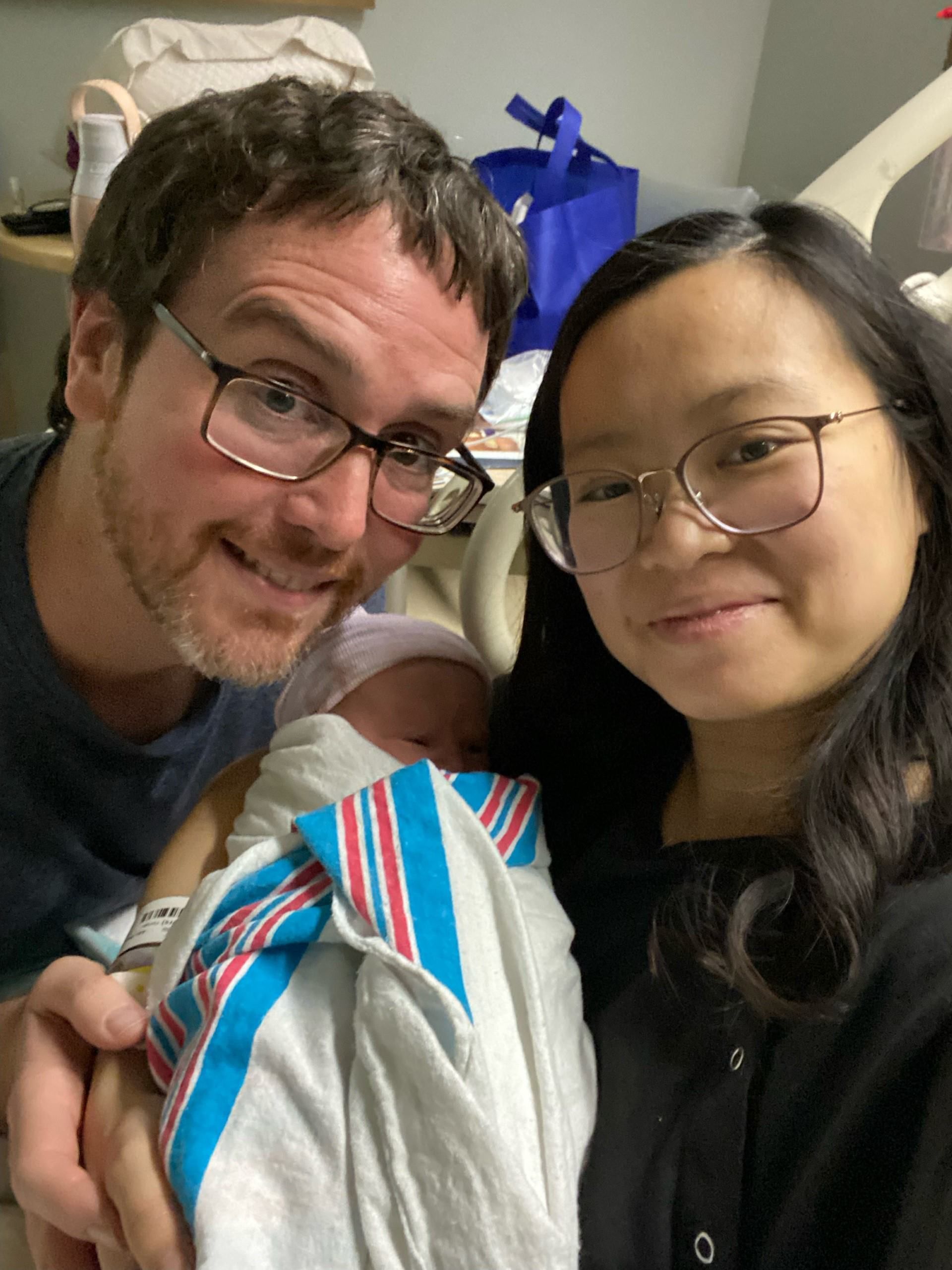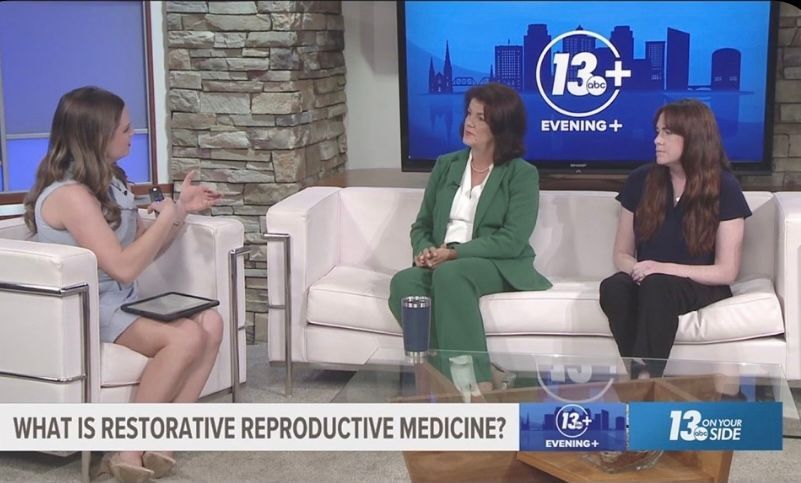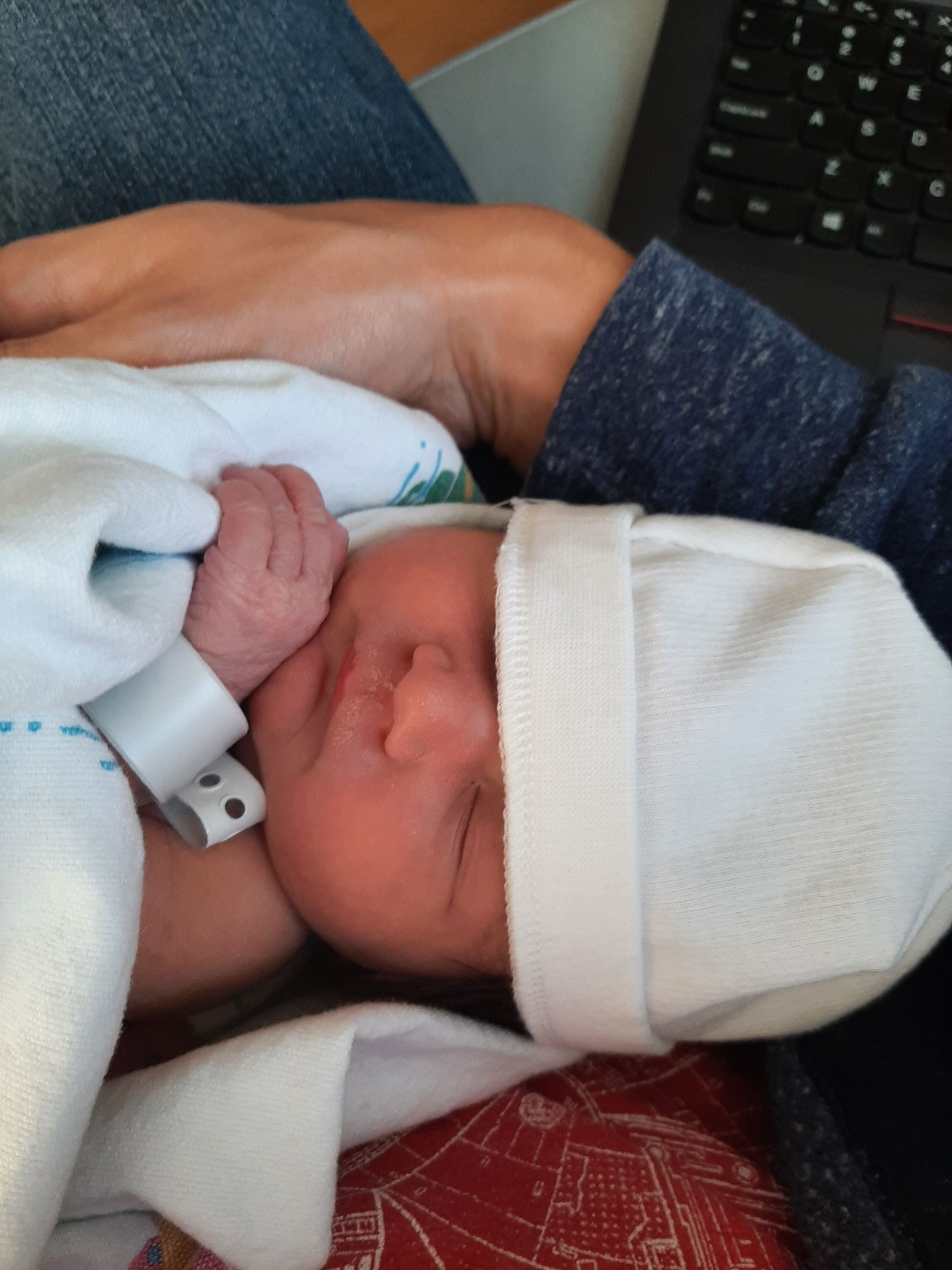National High Blood Pressure Education Month Preeclampsia Awareness Month
Have you ever wondered what makes high blood pressure so dangerous? May is high blood pressure education month, and it’s a good time to review the facts about a condition that affects so many women.
Why worry about high blood pressure?
High blood pressure, also called hypertension, is so deadly because it increases the risk for heart disease (which is the leading cause of death in women in the US). Hypertension usually develops gradually and silently over many years, so most people have no symptoms. That’s why it’s so important to schedule a well woman exam with a healthcare professional that includes a blood pressure check at least once a year. You can also measure your own blood pressure at home with an automated blood pressure cuff.
What blood pressure reading is considered high?
A blood pressure reading of 120/80 is no longer considered normal. Recent 2017 guidelines define normal blood pressure as less than 120 systolic (the top number) and less than 80 diastolic (the bottom number). Elevated blood pressure is diagnosed when the systolic is between 120–129 and diastolic is less than 80. The diagnosis of hypertension is made when blood pressure is consistently 130/80 or higher. With these newer guidelines, a lot more people have been diagnosed with hypertension.
What can I do to lower my blood pressure?
If you have hypertension, the good news is that there are many things you can do to improve your blood pressure. Eating a heart healthy diet, daily exercise, and maintaining a healthy weight are important lifestyle habits that can make a big difference. It’s also important to take BP medication if it’s been prescribed for you. If you notice any side effects when starting the medication, it’s better to contact your healthcare provider about this instead of stopping the medication on your own.
It can be especially important to make sure your blood pressure is well controlled before pregnancy. If hypertension is present before pregnancy, called chronic hypertension, it is considered a high-risk condition. If it develops during pregnancy or even after delivery, it could be a sign of a condition called preeclampsia.
What is preeclampsia?
Preeclampsia is a pregnancy complication that involves hypertension and protein in the urine (proteinuria). It typically occurs after 20 weeks of pregnancy, and it usually develops in the 3rd trimester of pregnancy or during the postpartum period. In many cases there are no symptoms, but it can often be detected during routine prenatal appointments.
What causes preeclampsia?
The cause is not fully understood. Experts believe preeclampsia may be caused by abnormal development of a pregnant woman’s placenta, the organ that supplies oxygen and nourishment to the baby during pregnancy. During the early stages of pregnancy, new blood vessels begin to form as the developing placenta attaches itself to the mother’s uterus. However, these new blood vessels can develop abnormally, sometimes due to blood vessel damage from uncontrolled diabetes or hypertension. These placental vessels can later release substances into the blood stream that cause blood vessel dysfunction throughout the woman’s body. This eventually leads to high blood pressure
If left untreated, preeclampsia can be life-threatening to both the mother and her baby. When preeclampsia worsens to affect multiple organs in the mother’s body, certain “severe features” may develop:
- severe headache
- pain over the upper abdomen
- changes in vision
- HELLP syndrome (red blood cell destruction,
- abnormal liver function, low platelets in the blood)
- abnormal kidney function
- fluid in the lungs
- severe elevations in blood pressure (which can lead to stroke if not medically treated with intravenous medication to lower the blood pressure)
In a small number of cases, worsening preeclampsia can develop into a more serious illness called eclampsia, which involves seizures or convulsions.
What symptoms should I look for?
Symptoms typically occur later in pregnancy but can also occur for the first time after birth. If you experience any of the following symptoms during pregnancy or after delivery, you should call your doctor or midwife right away. Having symptoms doesn’t necessarily mean you have preeclampsia, but they may be cause for concern and require medical evaluation.
Some symptoms of preeclampsia include:
- Headache that won’t go away, even after taking Tylenol
- Changes in vision like seeing spots or flashing lights; partial or total loss of eyesight
- Nausea or throwing up, especially suddenly, after 20 weeks (not the morning sickness of early pregnancy)
- Upper or right-sided belly pain that doesn’t go away after taking antacid medication
- It’s also important to note that some women with preeclampsia have NO symptoms or they “just don’t feel right.” If you have a sense that something’s wrong, even without symptoms, trust your instincts and contact your healthcare provider.
How is preeclampsia treated?
Thankfully, there are ways to carefully monitor mothers who have developed preeclampsia, and treatments are available to help both a mother and her baby stay safe. Women who develop severe features are given medication to lower their blood pressure and a medication to reduce the risk of seizures called magnesium sulfate. Since the underlying cause of the disease involves the placenta, the only real cure is delivery. Labor induction is often recommended, and mothers can still have a vaginal delivery in many cases. In some cases, doctors must perform a caesarean delivery to stop preeclampsia from progressing.
What happens after my baby is born?
Preeclampsia usually goes away after birth. However, in severe cases, complications may still occur following birth. Preeclampsia may even develop for the first time during the postpartum period (called postpartum preeclampsia), and it can occur up to 6 weeks after delivery.
Postpartum, you may need to continue monitoring your blood pressure and taking medication to lower your blood pressure. The medication should not affect your ability to breastfeed. If you are still on medication to treat your blood pressure 6 weeks following birth, or there is still protein in your urine on testing, you may be referred to a specialist.
Will I get preeclampsia in my next pregnancy?
Overall, women who have had preeclampsia are 7 times more likely than other women to get it again in a future pregnancy. For women with a history of preeclampsia, daily aspirin is now recommended for preeclampsia prevention starting at 12 weeks of pregnancy until the day of delivery.
Who is at highest risk for preeclampsia?
- Women with a history of preeclampsia in a past pregnancy
- Twins/multiple gestation
- chronic hypertension
- kidney disease
- diabetes mellitus
- autoimmune conditions (like lupus)
Moderate risk factors:
- African American
- first pregnancy
- body mass index (BMI) over 30
- mother or sister with preeclampsia
- age over 35
What can I do to prevent preeclampsia?
It’s important to know whether you have risk factors for preeclampsia so you can take steps to reduce your risk. If you have hypertension and are thinking about getting pregnant, see your ob-gyn or other health care professional to make sure that your hypertension is well controlled before pregnancy. If you are overweight, weight loss can help to reduce your risk. If you have diabetes, it is very important to make sure it is well controlled before pregnancy.
Thankfully, we are learning more and more about how to prevent and manage hypertensive disorders throughout a woman’s lifespan. Please share these facts about high blood pressure with the women in your life throughout the month of May and beyond!
Monitoring your own blood pressure? Learn the proper procedure here.
References
https://www.cdc.gov/bloodpressure/hbp_education_month.htm
https://www.nichd.nih.gov/health/topics/preeclampsia
https://www.acog.org/Patients/FAQs/Preeclampsia-and-High-Blood-Pressure-During-Pregnancy











